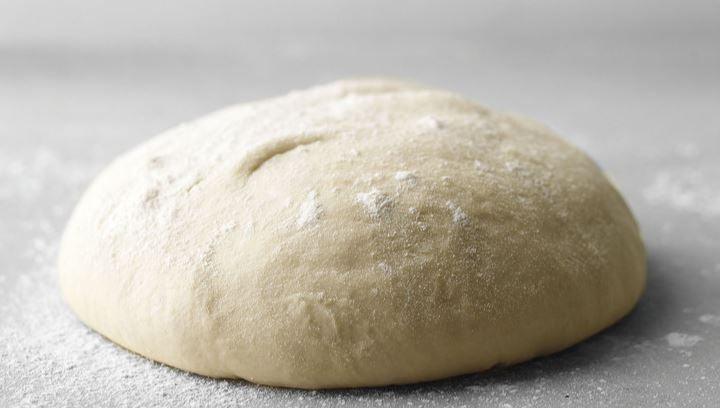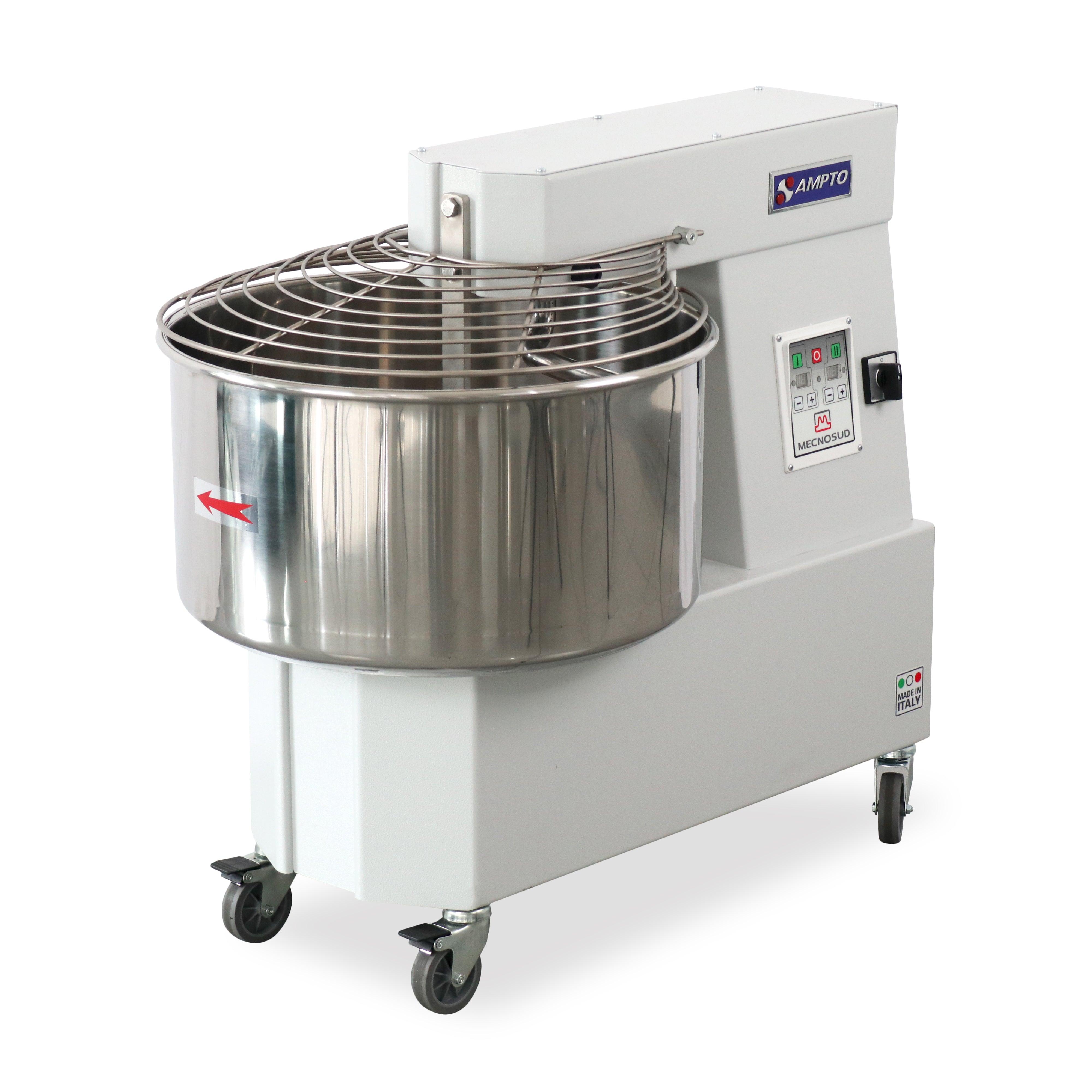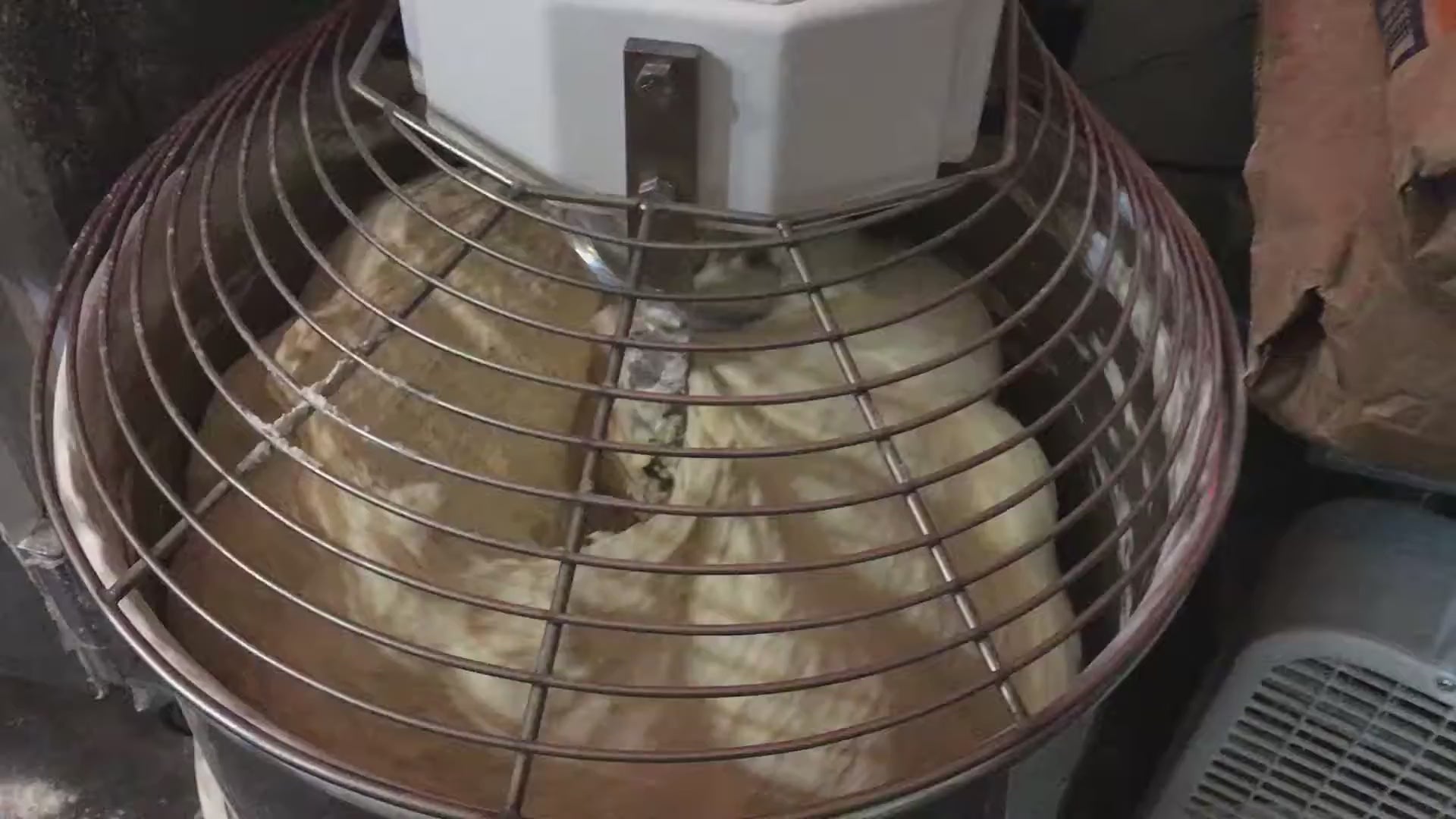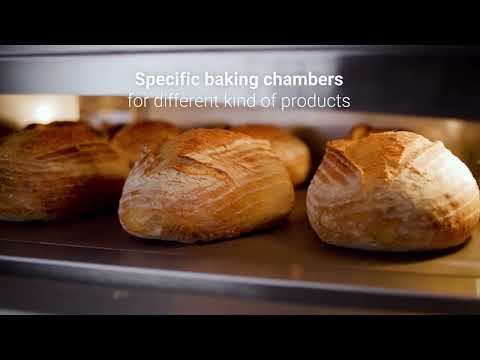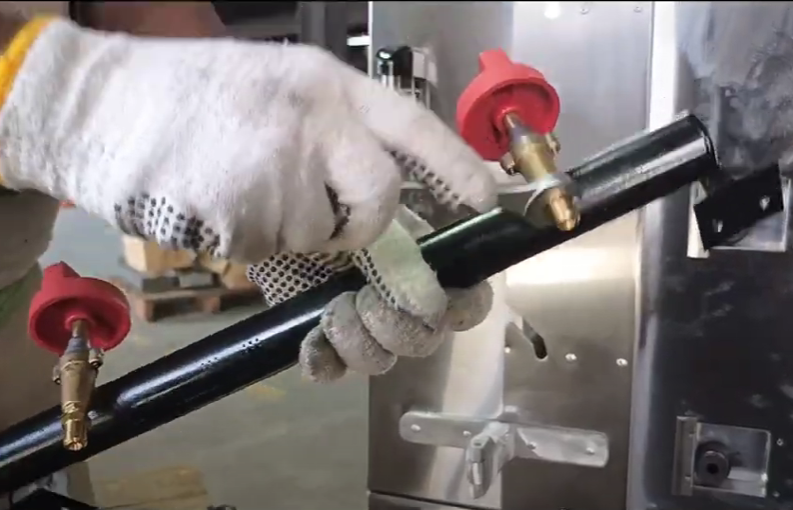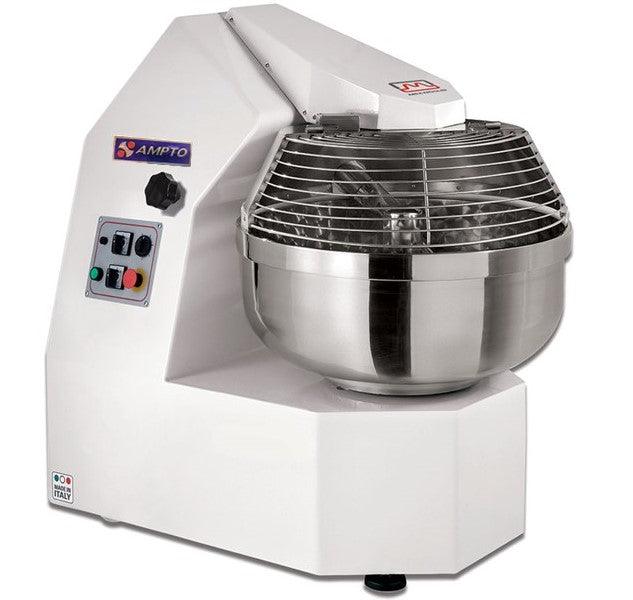# How to Calculate the Hydration in a Dough
If you are a bread baker, you may have heard of the term "hydration" when it comes to dough. But what does it mean and why is it important? In this blog post, we will explain how to calculate the hydration in a dough and how it affects the texture, flavor and appearance of your bread.
## What is hydration?
Hydration is the ratio of water to flour in a dough, expressed as a percentage. For example, if you have 500 grams of flour and 350 grams of water in your dough, the hydration is 350 / 500 x 100 = 70%. This means that for every 100 grams of flour, there are 70 grams of water.
Hydration is one of the key factors that determines the characteristics of a dough and the final bread. Generally speaking, higher hydration doughs are more sticky, slack and extensible, while lower hydration doughs are more firm, stiff and elastic. Higher hydration doughs also tend to produce breads with more open crumb, more complex flavor and more crispy crust, while lower hydration doughs tend to produce breads with more dense crumb, more mild flavor and more soft crust.
However, hydration is not the only factor that affects the dough and the bread. Other factors such as flour type, yeast amount, salt amount, kneading time, fermentation time, shaping technique, baking temperature and baking time also play a role. Therefore, hydration is not an absolute indicator of how a dough or a bread will turn out, but rather a relative one that needs to be adjusted according to other variables.
## How to calculate hydration?
Calculating hydration is simple. All you need to do is divide the weight of the water (or water-containing liquids such as milk, juice, tea or even alcohol) by the weight of the flour (or flours if you are using a mix) in your recipe. Then multiply the result by 100 to get the percentage. For example:
Water (grams) / Flour (grams) x 100 = Hydration (%)
Let's say you have a recipe that calls for:
- 500 grams of all-purpose flour
- 300 grams of water
- 10 grams of salt
- 5 grams of instant yeast
To calculate the hydration, you simply do:
300 / 500 x 100 = 60%
This means that your dough has a hydration of 60%, which is considered a medium hydration level for most breads.
## How to adjust hydration?
Sometimes you may want to adjust the hydration of your dough according to your preference or your baking conditions. For example, you may want to increase the hydration for a more open crumb or a more crispy crust, or you may want to decrease the hydration for a more dense crumb or a more soft crust. Or you may need to adjust the hydration depending on the humidity or temperature of your environment, or the type or brand of your flour.
To adjust the hydration, you can either change the amount of water or change the amount of flour in your recipe. However, changing one will affect the other, so you need to do some math to keep the ratio consistent. Here are two ways to do it:
### Method 1: Change the water amount
If you want to change the water amount in your recipe, you need to find out how much water you need for your desired hydration level. To do this, you can use this formula:
Water (grams) = Flour (grams) x Hydration (%) / 100
For example, if you want to increase the hydration from 60% to 70% in your previous recipe that has 500 grams of flour, you can do:
Water (grams) = 500 x 70 / 100 = 350
This means that you need to use 350 grams of water instead of 300 grams to achieve a 70% hydration level.
### Method 2: Change the flour amount
If you want to change the flour amount in your recipe, you need to find out how much flour you need for your desired hydration level. To do this, you can use this formula:
Flour (grams) = Water (grams) x 100 / Hydration (%)
For example, if you want to decrease the hydration from 60% to 50% in your previous recipe that has 300 grams of water, you can do:
Flour (grams) = 300 x 100 / 50 = 600
This means that you need to use 600 grams of flour instead of 500 grams to achieve a 50% hydration level.
## Conclusion
Hydration is an important concept in bread baking that affects how your dough behaves and how your bread looks and tastes.
By knowing how to calculate and adjust hydration, you can have more control over your baking process and results. However, hydration is not the only factor that matters, so you also need to consider other variables such as flour type, yeast amount, salt amount, kneading time, fermentation time, shaping technique, baking temperature and baking time.
Experiment with different hydration levels and see how they affect your breads. Happy baking!


